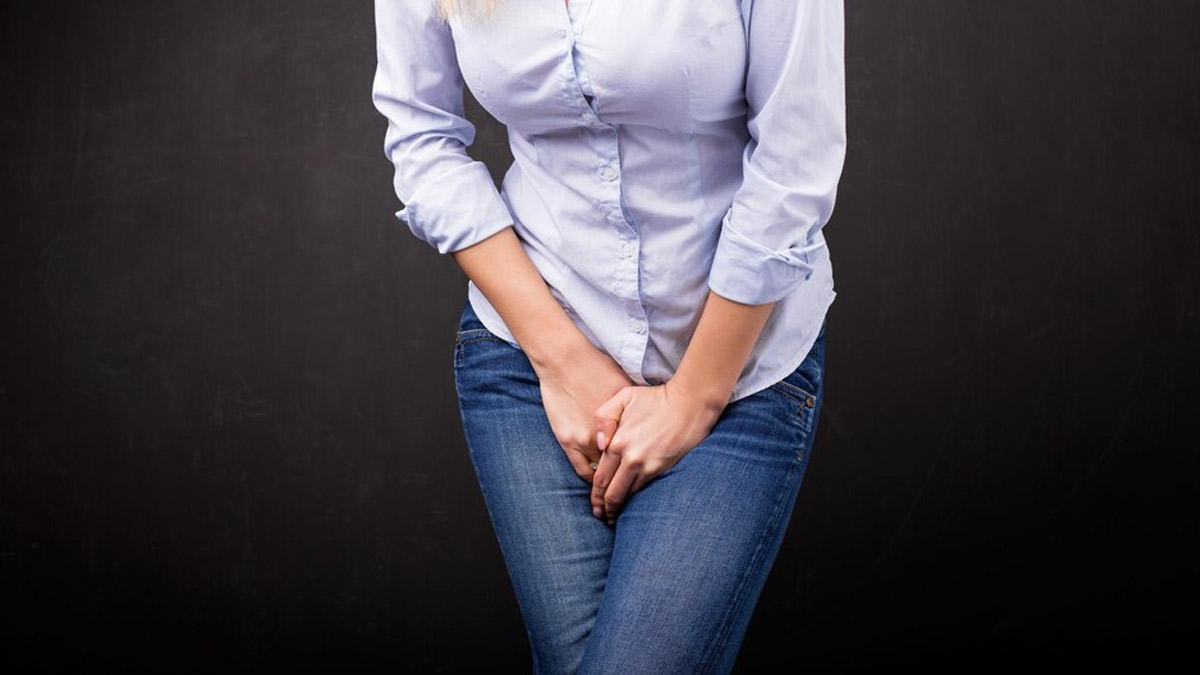
A vaginal infection, or vaginitis, occurs when the natural balance of the organisms in the vagina is disrupted. According to the American College of Obstetricians and Gynecologists, it often leads to changes in your vaginal discharge.
Vaginal discharge is usually normal, is often clear or white in colour, and doesn’t have a strong odour. Even if it turns thicker as your period approaches, it is considered normal. However, an unusual, unexplained discharge, characterised by a thick, white appearance or a white-grey, watery discharge with a strong, fishy smell, could be a sign of infection. While several factors can cause it, certain foods may also be to blame. Speaking with the OnlyMyHealth team, Dr Ushakiran Sisodia, Head of Dietetics and Nutrition at Jaslok Hospital and Research Centre, Mumbai, lists foods that should be avoided.
Also Read: Try These Tips To Maintain Your Vaginal Health With Changing Season
Sugary Foods
Sugary foods have become almost unavoidable in today’s fast-paced world. Beyond the obvious sugary snacks, even packaged foods often contain added sugar, including the flavoured chips you might enjoy in one sitting. According to Dr Sisodia, high amounts of sugar can increase a person's risk of vaginal infections, like yeast infections.
Yeast infections occur due to an overgrowth of the yeast Candida albicans in your vagina. These feed off of sugar, and excess sugar consumption may disrupt the vaginal flora, leading to an infection.
Dr Sisodia warns that those with comorbidities, such as high blood pressure or diabetes, are at a greater risk of developing and worsening infections.
Starchy Foods

The UK National Health Service (NHS) suggests that starchy foods, like potatoes, bread, rice, pasta, and cereals, are our main source of carbohydrate. When you choose the right kind of starchy foods, you also fulfil your daily requirements for nutrients like fibre, calcium, iron, and B vitamins. However, excess consumption of starch-rich foods may sometimes disturb vaginal health, leading to infections, according to Dr Sisodia.
She explains that consuming starchy foods, especially those with high sugar content, can disrupt carbohydrate metabolism and lower immunity, making the body more susceptible to infections.
Acidic Foods
As per Dr Sisodia, an acidic pH level in the body can also contribute to vaginal infections, particularly fungal infections, which are more likely to occur when the urine is acidic. This includes foods such as certain processed or sugary items.
It is crucial to note that a balanced pH is generally between 3.8 and 4.2, according to StatPearls Publishing. However, this can vary based on one's age and menstrual cycle.
Also Read: Vaginal Health After Childbirth: Changes To Note And Tips For Relief
Foods To Include In Your Diet

Reducing vaginal infections is all about maintaining a healthy vaginal environment. While hygiene plays an important part, certain foods can also help. These include:
- Probiotic-rich foods, such as kimchi, soy products, and yoghurt
- Antioxidant-rich fruits like blueberries, pomegranates, strawberries, and apples
- High-fibre foods like beans, legumes, nuts, seeds, and whole grains
- Low-glycaemic-index foods like apples, carrots, nuts, and whole grains
Conclusion
Lifestyle changes have significantly altered our food habits, with many people finding themselves working long hours and often neglecting proper nutrition and hydration. This can sometimes increase a person’s risk of vaginal infections. In particular, individuals who feast on sugary, starchy, and acidic foods should be more mindful. Moreover, those with pre-existing health conditions like diabetes should take more caution when it comes to their diet.
Also watch this video
How we keep this article up to date:
We work with experts and keep a close eye on the latest in health and wellness. Whenever there is a new research or helpful information, we update our articles with accurate and useful advice.
Current Version